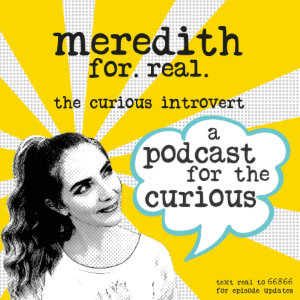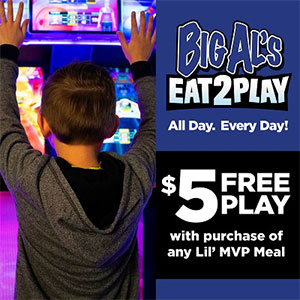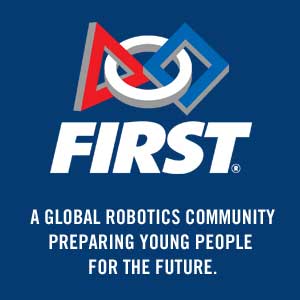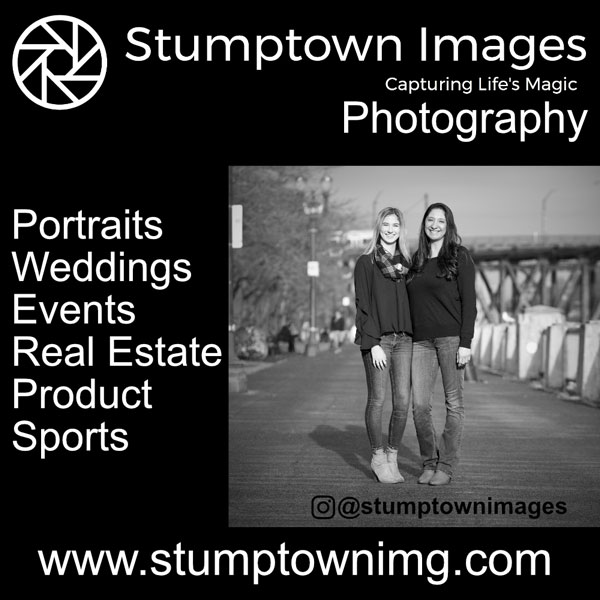Support the success of every child and their family through quality early education and care. Enjoy the books and the activities chosen for this edition to support your child’s early literacy skills.
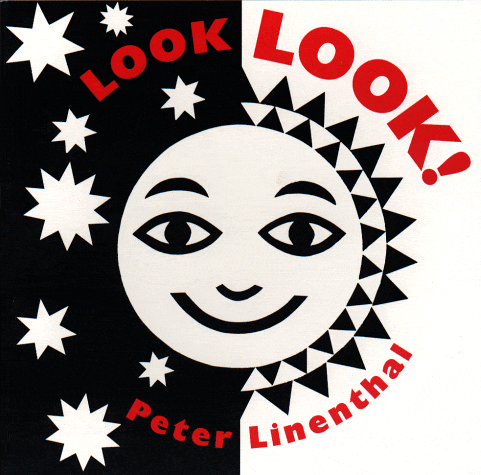
Look, Look!
by Peter Linenthal
Infants will love looking at such a high-contrast book. This short and exciting read can be read repeatedly to infants. Early literacy begins during infancy. Reading to infants in the earliest months sparks the parts in their brain needed for understanding language. When infants are exposed to rich language, it provides them with strong foundational skills for learning literacy.
Activity: When your infant is lying on their back, hold a toy above their face and slowly move the toy from side to side. This helps infants use eye muscles that will be needed for reading in the future. Touch them on their nose and make sure your infant sees your happy facial expressions. This will help develop your bond—all while helping them develop skills.

Moo, Baa, La La La!
by Sandra Boynton
Roaring laughter is guaranteed when you read this book with your toddler. This quirky yet rhythmic book will effortlessly capture the attention of your little mover. The rhythm of this book will entice your toddler as they enjoy hearing how words sound and connect to one another. This is the best way to help your child learn how language works.
Activity: Talk about the book with your toddler as they ask you questions. The best way to gain their interest is to follow what excites them about the book. Is it silly when the cow says “baaa”? What does a cow really say? What does the cow look like? What says “baa” instead? When your toddler takes over reading, let them read to you!
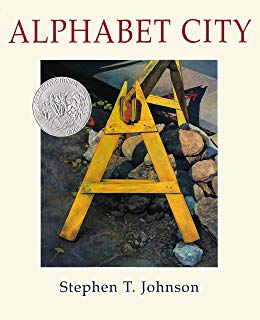
Alphabet City
by Stephen T. Johnson
Look within the details of this book to find the letters within real-life materials. Preschoolers enjoy searching for the letters within their environment. They actively seek letters in their own name and the names of those closest to them. Can Ally find the letter “A” shape within the sawhorse? When they find it, trace the letter and discuss how they knew it was an “A.” What other letters can your preschooler find?
Activity: Using wooden blocks and other loose materials, work with your preschooler to create letters of their choice. Create using fun materials that your preschooler already enjoys working with and take photographs of the letters your preschooler created. Place the pictures in an area your child can see them clearly daily. This opens the door for even more discussions and opportunities for learning.


